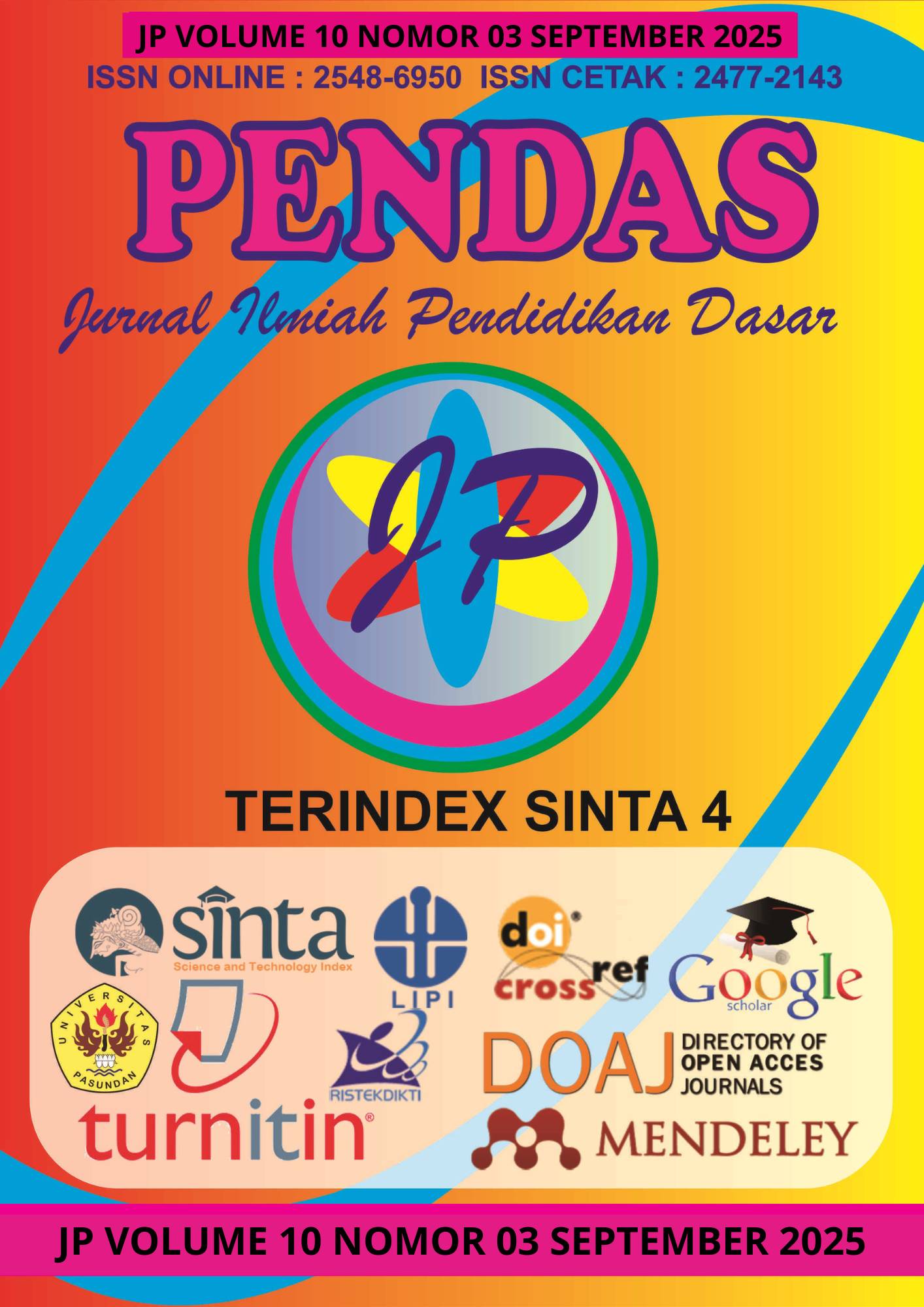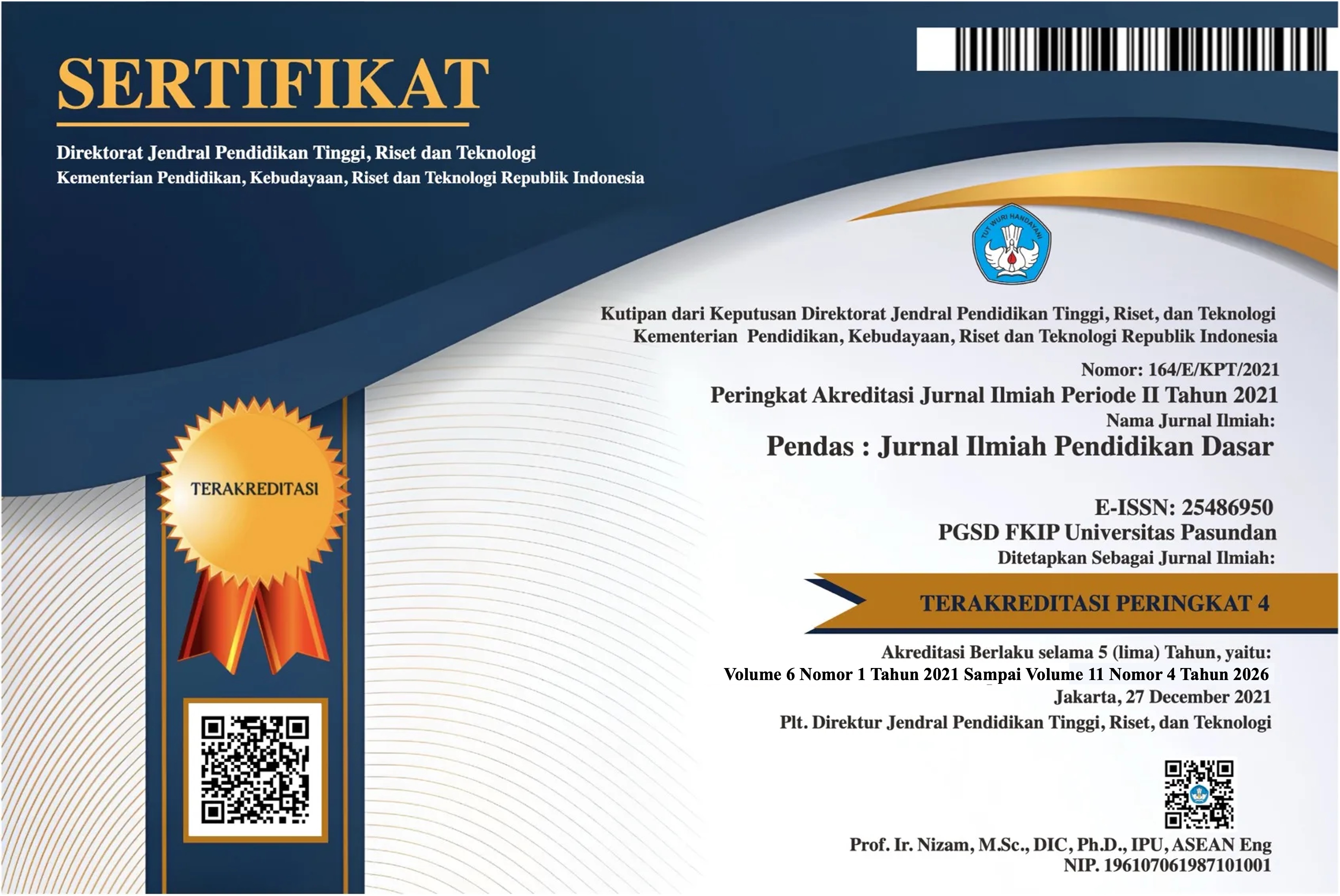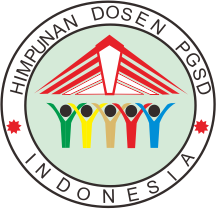Analisis Potensi Miskonsepsi Dalam Penyajian Materi Pertidaksamaan Linier Satu Variabel Pada Buku Teks Matematika SMP
DOI:
https://doi.org/10.23969/jp.v10i03.33108Keywords:
linear inequality in one variable, misconceptions, textbooks, content analysisAbstract
junior high school level. However, in practice, it often leads to misconceptions among students. One of the main contributing factors is the way the material is presented in textbooks, which serve as the primary reference for both teachers and students. This study aims to analyze the potential misconceptions found in two mathematics textbooks, namely Matematika SMP/MTs Kelas VII Semester 1 published by BS Press (2017) and Persamaan dan Pertidaksamaan Linear Satu Variabel written by Winie Ananda (2022). This research employed a descriptive qualitative approach using content analysis. The instrument focused on three aspects: (1) the rule of reversing inequality signs when multiplying or dividing by negative numbers, (2) the conceptual differences between linear equations in one variable (PLSV) and linear inequalities in one variable (PtLSV), and (3) the representation of solution sets on the number line. Thefindings indicate that both textbooks still contain potential sources of misconceptions. The use of the term “root of PtLSV” is conceptually inaccurate, the rule of sign reversal is presented only procedurally, the distinction between PLSV and PtLSV is insufficiently emphasized, and the graphical representation on the number line is not adequately explained. These results highlight the need to improve the presentation of PtLSV materials in textbooks and encourage teachers to provide stronger conceptual explanations to foster meaningful learning.
Downloads
References
Alghamdi, A. (2023). Exploring common misconceptions in algebraic inequalities and their instructional implications. Journal of Mathematics Education Research, 14(2), 233–247.
Ananda, W. (2022). Persamaan dan pertidaksamaan linear satu variabel. Jakarta: Media Edukasi.
Asbar. (2017). Analisis kesalahan siswa SMP pada materi pertidaksamaan linear satu variabel. Jurnal Daya Matematis, 5(2), 56–67.
Hidayat. (2018). Analisis kesalahan siswa dalam menyelesaikan pertidaksamaan linear satu variabel. Jurnal Edumatica, 8(2), 23–32.
Kementerian Pendidikan dan Kebudayaan. (2017). Matematika SMP/MTs kelas VII semester 1. Jakarta: Kemendikbud.
Kurniawati, N., & Kusumah, Y. (2022). Analisis kesulitan siswa dalam menyelesaikan soal pertidaksamaan linear satu variabel. Infinity Journal, 11(1), 45–56.
Kusumawati, I., Wahyudi, R., & Sari, S. (2021). Telaah isi buku teks matematika SMP berdasarkan potensi miskonsepsi. Jurnal Alpha Euclid Education, 8(1), 55–66.
Nguyen, T. T., & Lee, J. (2020). Students’ misconceptions in solving linear inequalities: A case study in middle schools. International Journal of Mathematical Education in Science and Technology, 51(7), 1045–1062.
Pepy. (2022). Identifikasi miskonsepsi siswa dalam menyelesaikan soal aljabar. Jurnal Pendidikan Matematika UPI, 11(2), 122–133.
Putri, R., & Herman, T. (2020). Miskonsepsi siswa SMP pada materi aljabar. Mosharafa: Jurnal Pendidikan Matematika, 9(2), 211–220.
Rachmayunita, D. (2021). Analisis miskonsepsi siswa SMP dalam menyelesaikan pertidaksamaan linear satu variabel. Jurnal Pendidikan Matematika RAFA, 7(1), 21–30.
Setiawan, A. (2020). Analisis representasi siswa SMP dalam menyelesaikan soal pertidaksamaan linear. Numeracy Journal, 7(2), 99–108.
Siyepu, S. (2019). Understanding errors and misconceptions in algebra: A study among high school learners. EURASIA Journal of Mathematics, Science and Technology Education, 15(10), 1–12.
Suryowati, E. (2019). Pengaruh penggunaan garis bilangan dalam meningkatkan pemahaman siswa pada pertidaksamaan linear satu variabel. Jurnal Pendidikan Matematika Universitas Muhammadiyah Metro, 8(1), 1–10.
Susanti, L., & Widodo, R. (2021). Potensi miskonsepsi dalam buku ajar matematika SMP. Jurnal Pendidikan dan Pembelajaran Matematika, 13(1), 77–88.
Downloads
Published
Issue
Section
License
Copyright (c) 2025 Pendas : Jurnal Ilmiah Pendidikan Dasar

This work is licensed under a Creative Commons Attribution 4.0 International License.



















